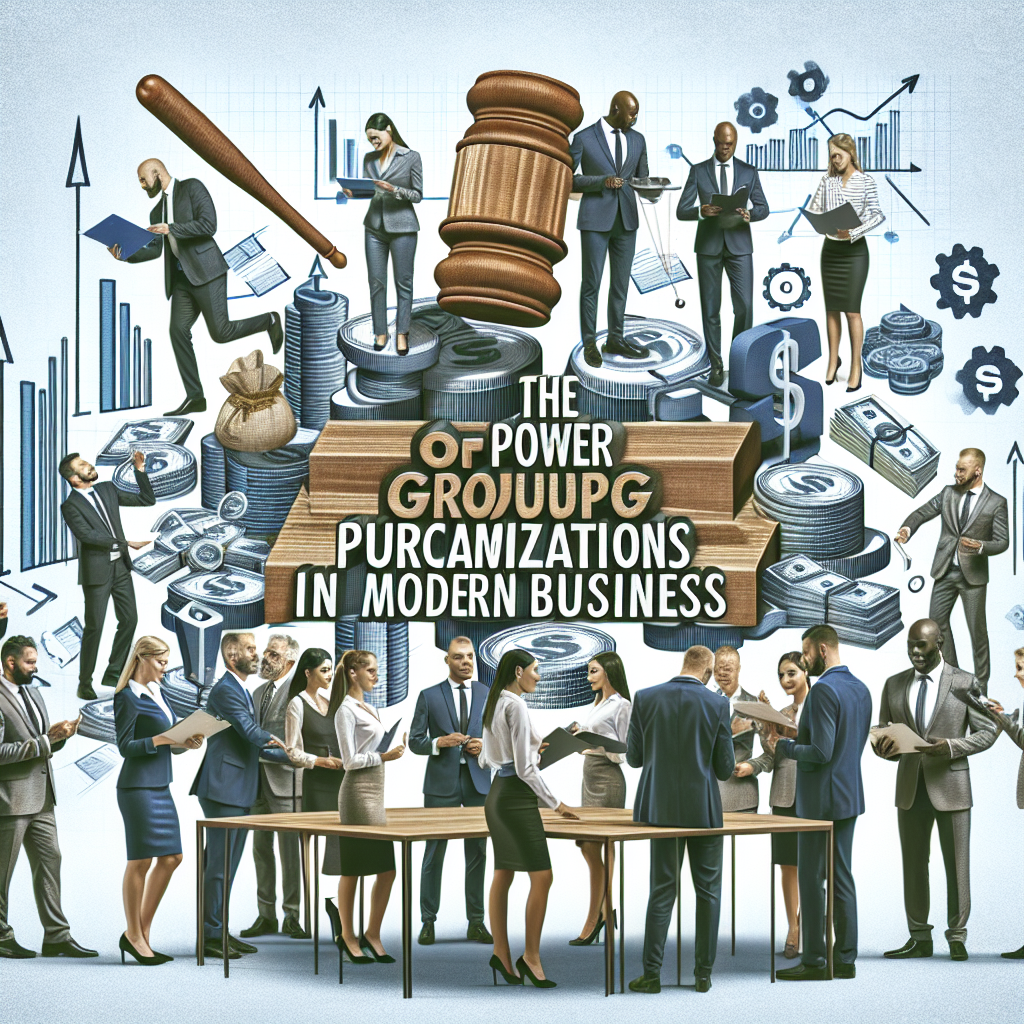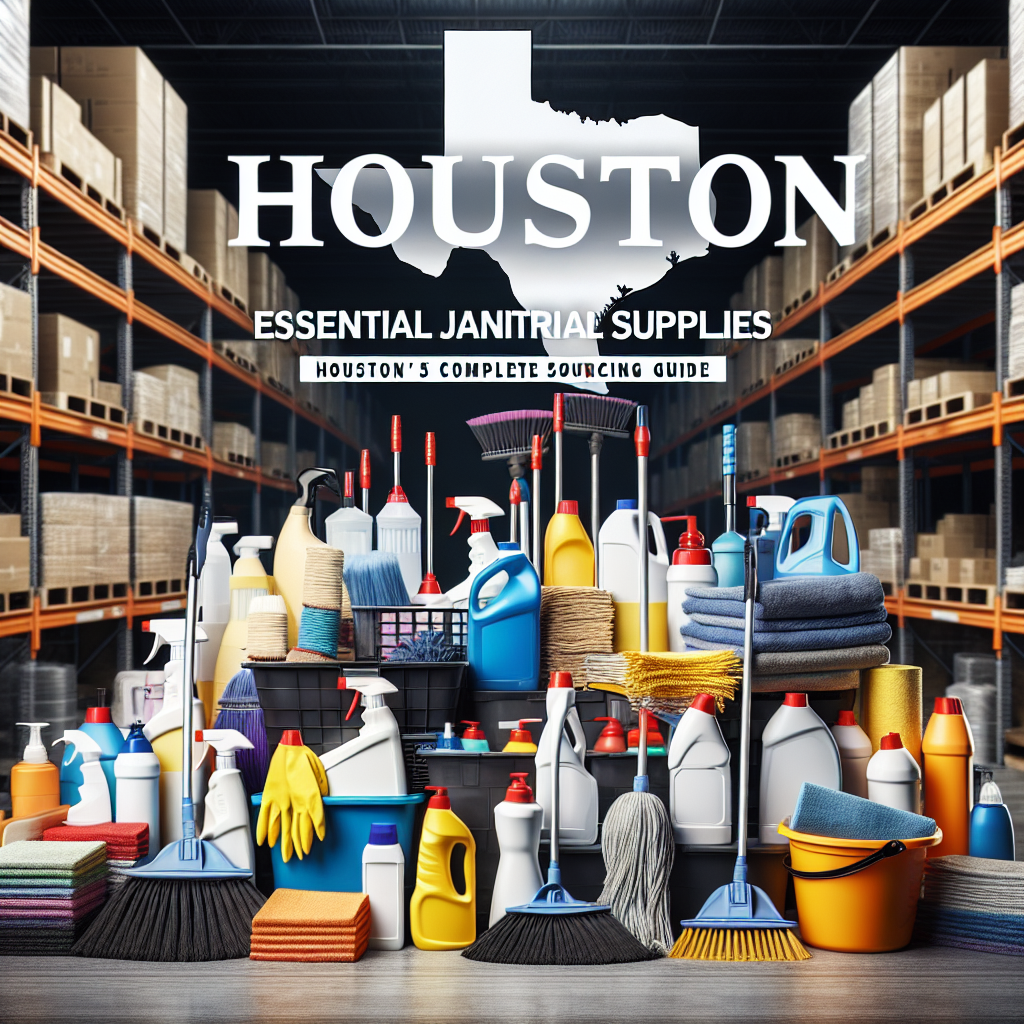For public sector purchasing to operate as efficiently as possible, public sector procurement must be done well. To meet societal needs, this process entails obtaining goods, services, and labor in an economical and efficient manner. Government organizations can improve service delivery & encourage accountability & transparency by putting effective procurement procedures into place. Also, by fostering market competition and assisting small businesses in the community, effective procurement practices can promote economic growth. Sustaining the public’s faith and confidence in government operations depends on efficient public sector procurement. Citizens tend to support government initiatives and programs more when they witness prudent and responsible use of public funds.
- Efficient public sector purchasing is crucial for maximizing value and delivering quality services to citizens.
- Identifying opportunities for cost savings and streamlining processes can lead to significant financial benefits for the public sector.
- Leveraging technology and data analysis can provide valuable insights for better decision making in public sector procurement.
- Implementing sustainable and ethical procurement practices is essential for promoting social responsibility and environmental stewardship.
- Building strong relationships with suppliers and stakeholders is key to ensuring successful and sustainable public sector procurement.
Waste and fraud brought on by ineffective procurement procedures may undermine public confidence and harm government organizations’ standing. In order to guarantee the efficient and moral use of public monies, public sector organizations must give efficiency top priority in their procurement procedures. Finding Ways to Cut Costs. Finding areas where money can be saved and simplifying procedures are two essential components of effective public sector purchasing.
This entails carrying out in-depth market research, examining spending trends, and figuring out where efficiency gains can be made. Government organizations can save a substantial amount of money without sacrificing service quality or delivery by taking advantage of economies of scale, grouping purchases, and negotiating advantageous terms with suppliers. Optimizing Sourcing Procedures.
Another essential element of effective public sector purchasing is process streamlining. Government organizations can minimize errors, streamline the procurement cycle, and save administrative burden by streamlining procurement workflows, removing pointless steps, and automating routine tasks. This improves overall operational effectiveness and efficiency while also saving time & resources.
| Metrics | 2018 | 2019 | 2020 |
|---|---|---|---|
| Number of procurement processes | 500 | 550 | 600 |
| Percentage of electronic procurement | 30% | 40% | 50% |
| Cost savings from optimized purchasing | 1,000,000 | 1,200,000 | 1,500,000 |
Investigating Alternative Techniques for Procurement. To obtain better value for their money & promote innovation in service delivery, public sector organizations can investigate alternative procurement strategies like strategic sourcing, cooperative purchasing, and public-private partnerships in addition to cost savings & process streamlining. Government organizations can guarantee the efficiency and responsiveness of their procurement practices in response to changing demands & challenges by consistently pursuing avenues for innovation and improvement.
Enhancing public sector purchasing decision-making requires a strong use of technology & data analysis. Government agencies can increase efficiency, transparency, and cooperation with suppliers and stakeholders by deploying digital tools, e-procurement platforms, and modern procurement systems. Decision-makers are empowered to make well-informed decisions and optimize procurement outcomes by these technologies, which provide real-time access to information, automated workflows, and data-driven insights.
Also, trends, patterns, & chances for public sector purchasing improvement are all made possible through data analysis. Government entities can obtain valuable insights into their purchasing activities & pinpoint areas for cost savings, risk mitigation, and strategic sourcing by analyzing spending data, supplier performance metrics, and market intelligence. The utilisation of data drives decision-making, facilitating the proactive alignment of procurement strategies with the objectives and priorities of the organisation. Government organizations can also benefit from using technology and data analysis to track performance metrics, evaluate the results of procurement projects, and ensure compliance with rules and best practices. Public sector organizations can ensure they are getting the best value for taxpayer money and continuously improve their purchasing practices by utilizing data.
In order for public sector organizations to fulfill their social responsibility and make a positive impact on social welfare & environmental conservation, they must implement sustainable and ethical procurement practices. Government organizations can encourage the use of ecologically friendly goods and services, support ethical labor practices, & improve the wellbeing of nearby communities by incorporating sustainability requirements into their procurement procedures. This helps to improve society and the environment in addition to being in line with public expectations for responsible governance. Also, maintaining the highest standards of honesty, openness, and justice in all interactions with stakeholders and suppliers is a requirement of ethical procurement practices. Government organizations can foster trust with their suppliers and stakeholders and guarantee the responsible and accountable use of public funds by upholding ethical principles like non-discrimination, fair competition, and anti-corruption measures. Public sector organizations should not only prioritize sustainability & ethics in their procurement practices, but also diversity and inclusion by creating opportunities for women-owned businesses, small businesses, & minority-owned businesses, among other underrepresented groups.
Governmental organizations can encourage economic inclusion, spark innovation, and build a more resilient and competitive marketplace by cultivating a diverse supplier base. The effectiveness of public sector purchasing depends on developing trusting relationships with stakeholders and suppliers. Government organizations can establish an environment that is favorable to innovation, problem-solving, & value creation by cultivating open communication, collaboration, and mutual respect with suppliers. In addition, government agencies can negotiate better terms, take advantage of industry knowledge, and access a greater variety of goods & services to fulfill their varied requirements when they have strong supplier relationships. Also, it is essential to establish trusting connections with stakeholders like legislators, end users, & community leaders in order to match procurement tactics with corporate goals and societal demands.
Government organizations can improve decision-making and the overall impact of procurement activities by involving stakeholders in the process and gaining insightful knowledge about user requirements, regulatory expectations, and community preferences. In addition, government organizations can benefit from strong relationships with suppliers and stakeholders when navigating challenges like market fluctuations, supply chain disruptions, and shifting regulatory requirements. Public sector organizations can ensure service delivery continuity and reduce risks by incorporating resilience, adaptability, & agility into their procurement processes through collaborative efforts with external partners.
An Essential Need Is Legal Compliance. The procurement activities of government entities are regulated by an extensive array of legal requirements. These rules are in place to guarantee that entities in the public sector carry out their procurement operations in an equitable, open, & responsible manner. Procurement Best Practices. Public sector organizations must follow best practices in procurement in addition to legal requirements to guarantee effectiveness, accountability, fairness, and transparency in their purchasing procedures.
This entails abiding by set rules, including those pertaining to supplier diversity programs, competitive bidding processes, ethical sourcing standards, and sustainable procurement requirements. Continuous observation and expansion of capacity. At public sector organizations, continual oversight, education, and capacity building are necessary to guarantee adherence to rules & best practices. Government organizations can foster a culture of compliance & ongoing improvement in their procurement procedures by allocating resources towards staff development, knowledge exchange, & performance management systems. Sustaining continuous improvement in public sector procurement requires careful observation and assessment of performance.
Government agencies can evaluate the success of their purchasing operations and pinpoint areas for improvement by setting up key performance indicators (KPIs), benchmarks, and metrics for measuring procurement outcomes. Decisions based on facts and figures are made possible by this data-driven methodology, which also assists in coordinating procurement tactics with corporate objectives. Moreover, performance monitoring enables public sector organizations to keep tabs on the performance of suppliers, contract compliance, realized cost savings, and other crucial metrics that influence the outcome of procurement projects. Governmental organizations can promote a culture of continuous improvement in their supply chain relationships & drive excellence in service delivery by holding suppliers accountable for their performance through regular evaluations and feedback mechanisms.
Also, in order to find bottlenecks, inefficiencies, or opportunities for innovation, performance evaluation also entails doing recurring reviews of procurement procedures, policies, and systems. Government organizations can improve overall efficiency and effectiveness by implementing targeted improvements to their procurement practices and gaining valuable insights into the strengths and weaknesses of their current procedures by asking for feedback from both external and internal partners. To sum up, the smooth operation of government agencies depends on effective public sector purchasing.
Public sector organizations can ensure responsible stewardship of public funds while providing maximum value for taxpayers’ money by prioritizing cost savings, process streamlining, technology adoption, sustainability principles, stakeholder engagement, regulatory compliance, and performance monitoring in their procurement practices. Adopting these principles will promote continuous improvement in service delivery, increase operational efficiency, & help to establish public trust.
If you’re interested in learning more about innovative category management for MRO supplies amid supply chain issues, check out this article on Hubzone Depot. It provides valuable insights into how public sector purchasing can adapt to current supply chain challenges.





